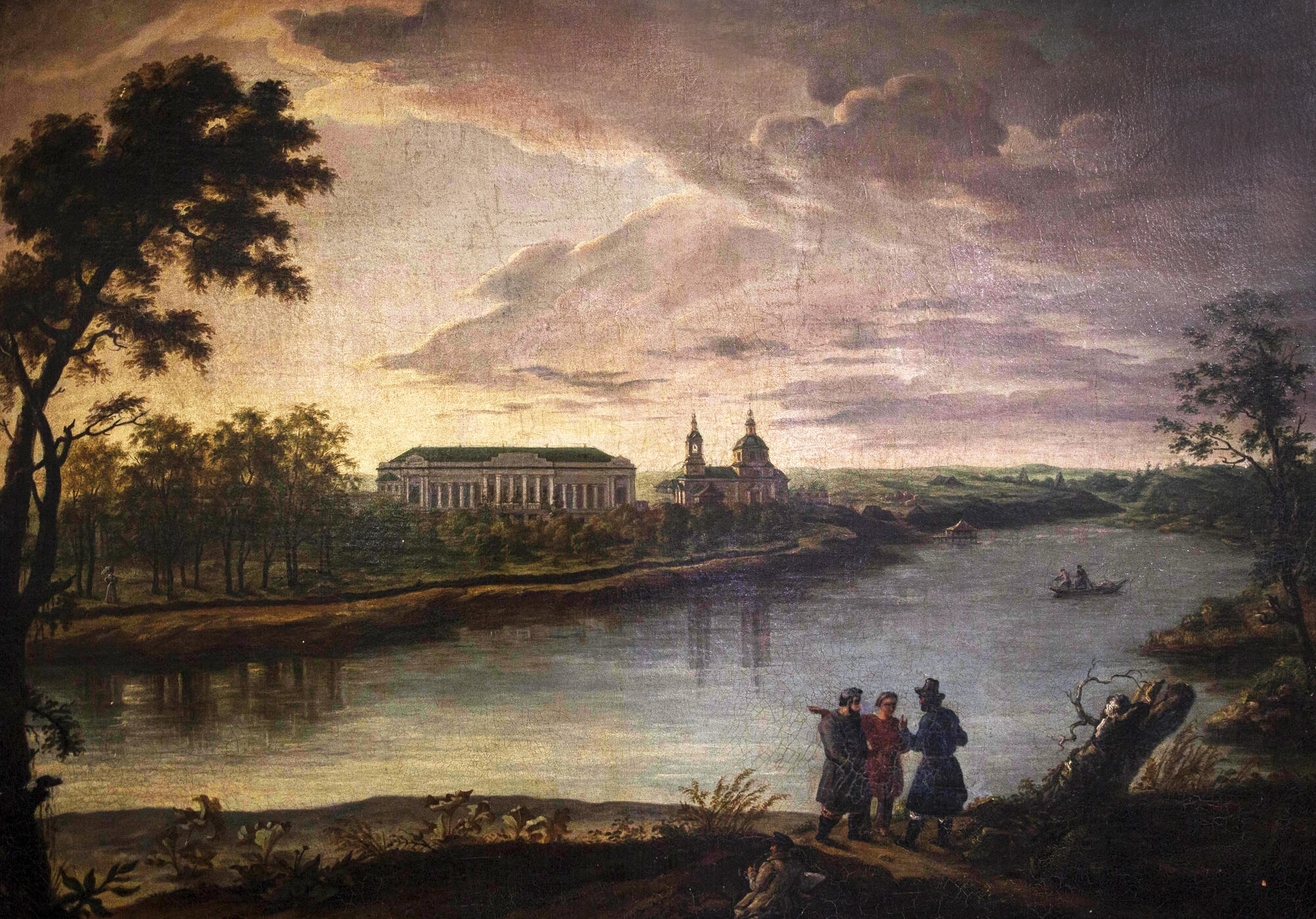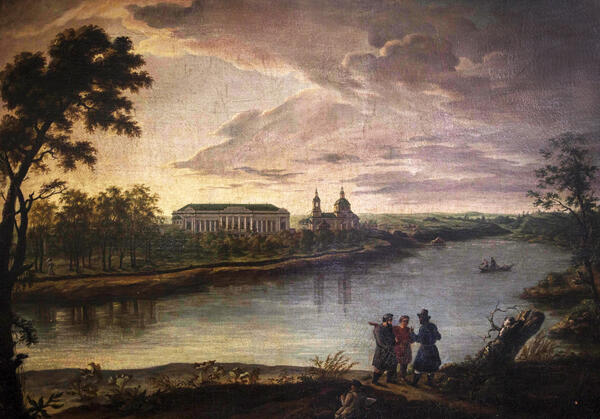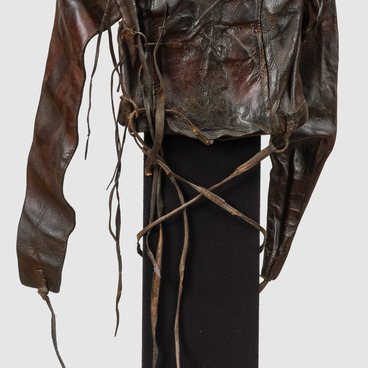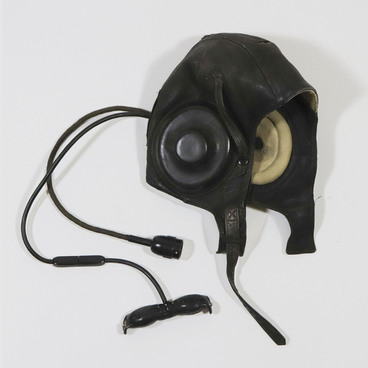A romantic landscape fills this painting with a panoramic view onto the manor house of the noble Ustinov family, lying on the banks of the Khopyor river, in the village of Bekovo. Today, this area is in Penza Region. The painting conveys the atmosphere of unhurried life at the rich estate. A fishing boat floats along the river, peasants talk on the banks, a nobleman observes a woman walking through the park on the opposite side of the river. According to researchers, the nobleman depicted with a pipe in the foreground is the estate’s owner, Adrian Ustinov. It is likely that the Ustinov family owned the village from 1809. The manor house was located in the south-east of the village near the bay of Khopyor. The house’s narrow parcel of land stretched along the riverbank for a kilometer.
The manor house built by Adrian Ustinov between 1830 and 1832 is clearly visible across the river, rising above the park’s greenery. The house was a large, palatial building with a colonnade along the entire facade, a six-column portico at the center and a balcony with a wrought set of railings. The tall belfry of the stone Protection of the Holy Virgin Church, towers over the river. The solitary figure of a woman walking down the park’s magnificent avenue is visible on the left. The park surrounding the estate was intersected by three long lime avenues. The park area had an abundancy of tree and plant varieties: 13 species of coniferous trees, 29 deciduous, lilac bushes and 180 types of rose bush, which were cultivated in their own greenhouses. The mansion was surrounded by tall oak and elm trees. The park’s landscaping was further embellished by a decorative bridge, a wide staircase descending to the bay and a variety of benches and pavilions.
Mikhail Ustinov was born into the merchant class. Finding fortune from trading wine, he entered in the nobility in 1821. His fourth son, Adrian Mikhailovich, completed the estate and brought about huge developments at the village. The Ustinovs were rich and assiduous landowners. The estate, which took up three quarters of the village of Bekovo, was made up of five stone houses, an apple orchard, greenhouses, stone outhouses, a grain warehouse, a poultry yard, two stable blocks and a saw-mill. The Khopyor river powered a water wheel for the flourmill.
The manor house built by Adrian Ustinov between 1830 and 1832 is clearly visible across the river, rising above the park’s greenery. The house was a large, palatial building with a colonnade along the entire facade, a six-column portico at the center and a balcony with a wrought set of railings. The tall belfry of the stone Protection of the Holy Virgin Church, towers over the river. The solitary figure of a woman walking down the park’s magnificent avenue is visible on the left. The park surrounding the estate was intersected by three long lime avenues. The park area had an abundancy of tree and plant varieties: 13 species of coniferous trees, 29 deciduous, lilac bushes and 180 types of rose bush, which were cultivated in their own greenhouses. The mansion was surrounded by tall oak and elm trees. The park’s landscaping was further embellished by a decorative bridge, a wide staircase descending to the bay and a variety of benches and pavilions.
Mikhail Ustinov was born into the merchant class. Finding fortune from trading wine, he entered in the nobility in 1821. His fourth son, Adrian Mikhailovich, completed the estate and brought about huge developments at the village. The Ustinovs were rich and assiduous landowners. The estate, which took up three quarters of the village of Bekovo, was made up of five stone houses, an apple orchard, greenhouses, stone outhouses, a grain warehouse, a poultry yard, two stable blocks and a saw-mill. The Khopyor river powered a water wheel for the flourmill.



